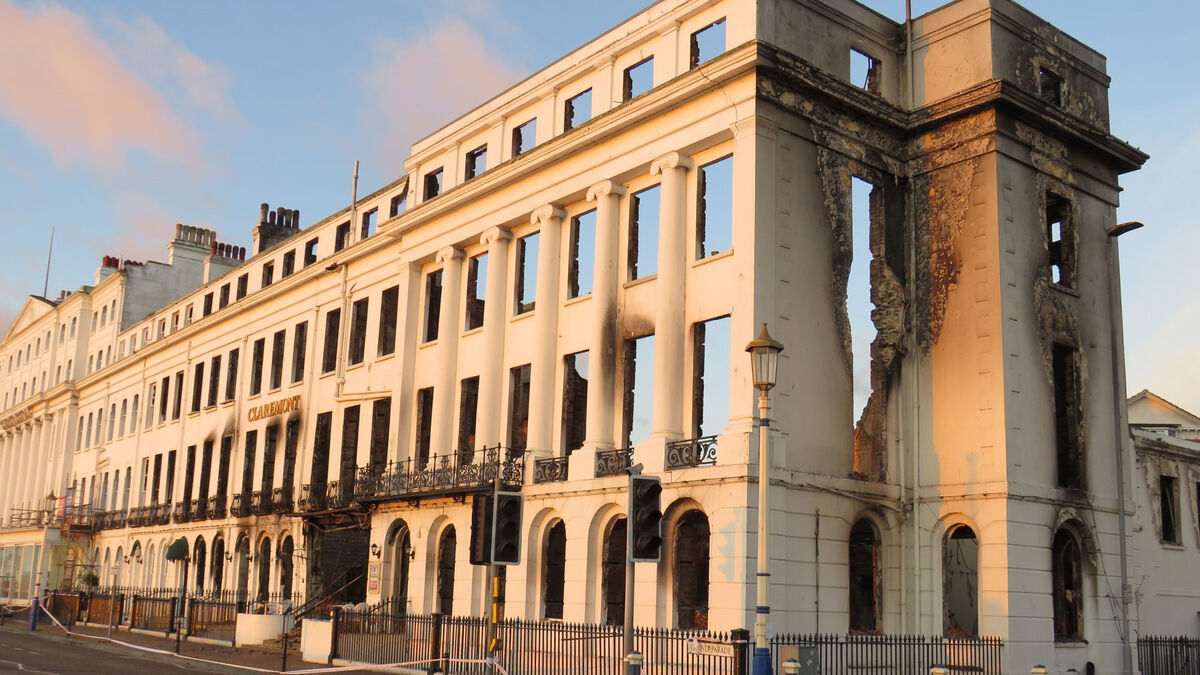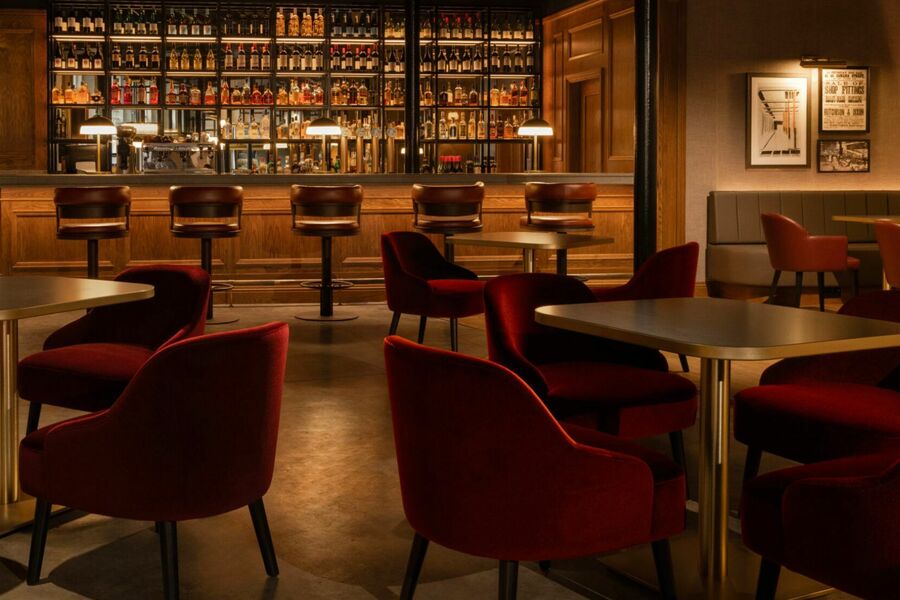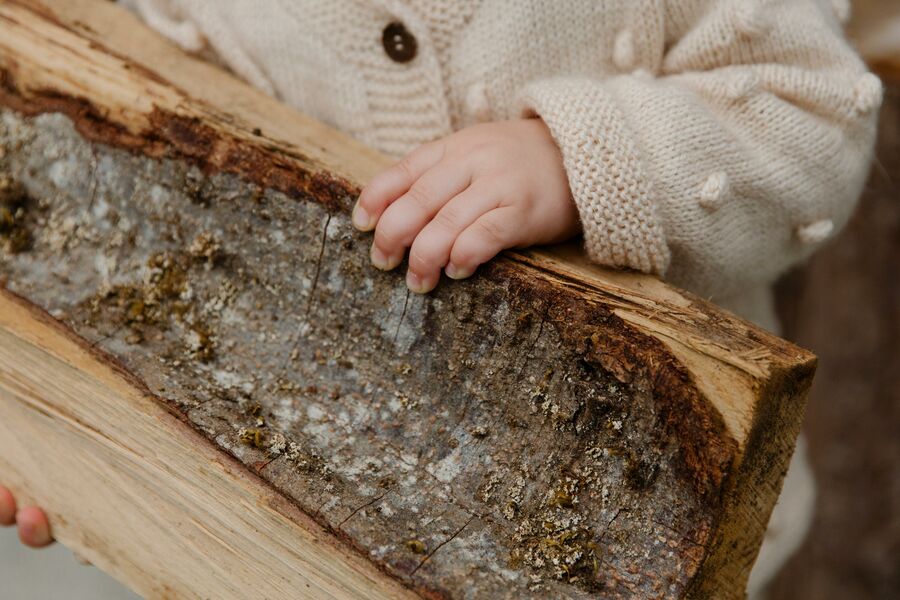30 June 20214 min read
Hotel fire safety & design
Ian Burleigh

Hotels are businesses not just buildings, so the success of a fire and life safety strategy is a combination of design, construction, and operation.
Since Grenfell, fire safety in all buildings has gained much greater priority and there is currently an intense period of development and transition in design, supply chain and construction, with significant budget implications.
Hotels have some higher risks when compared to other building types. Fundamentally sleeping in a strange place is a higher risk than sleeping at home where you are familiar with your surroundings and potential escape routes. Other factors such as disability or intoxication may further hinder escape.
The developer and owner need to consider longer-term implications including preservation of the asset over and above measures designed to protect life.
In response to this, modern hotels have more sophisticated fire protection characteristics as well as the assistance of 24/7 staff co-ordinating prevention and evacuation. Modern hotels will offer a choice of escape route (unlike most other residential situations), compartmentation, sprinklers, automatic alarm systems, pressurisation, and emergency lighting. Most of the large hotel brands will require fire protection significantly above the basic Building Regulations and sophisticated fire solutions such as sprinklers and pressurisation usually appear due to brand technical standards. These solutions really do guarantee a very high level of protection for guests, staff, the building, and reputation.
Thinking beyond the walls — the longer-term implications
It is worth noting that Building Regulations only provide a basic level of fire safety, and this is focused on the early evacuation of people rather than the preservation of the building. The developer and owner need to consider longer-term implications including preservation of the asset over and above measures designed to protect life.
Designing with climate change in mind has also created some dilemmas. Concrete construction can offer some real advantages in a fire but is considered less sustainable. More sustainable options often involve more timber and insulation which can create challenges for fire safety. They become reliant on the integrity of a thin layer of protection designed to give 30 to 90 minutes of temporary protection while escape takes place but may then create fuel for fire after this integrity has failed. However, there are still no guarantees the concrete frame will protect the post fire hotel any better. A lightweight system may burn to the ground (following safe evacuation), while concrete construction may survive, significant water damage from firefighting may render the hotel a total loss economically.
Despite the current focus on the facades of more recent hotels, the most significant risk for guests is in older hotels particularly those with timber floors and less protected escape routes. Many such hotels also have heritage protection and bringing them up to a reasonable standard of fire safety and protection can be very challenging. One of the biggest impacts of Grenfell on hotel design is in supply chain certification and testing of materials and products. Projects have been delayed and procurement costs increased in the search for properly tested and certified materials to ensure the design level of protection is achieved on site.
Technical design is increasingly becoming the assembly of proprietary products, so the improvement in testing and certification is to be welcomed. But as modern methods of construction and modular fabrication continue to develop it should become easier to monitor risk and quality in the endeavour to keep our hotel guests safe.
Image credit: Aworth Surveys

